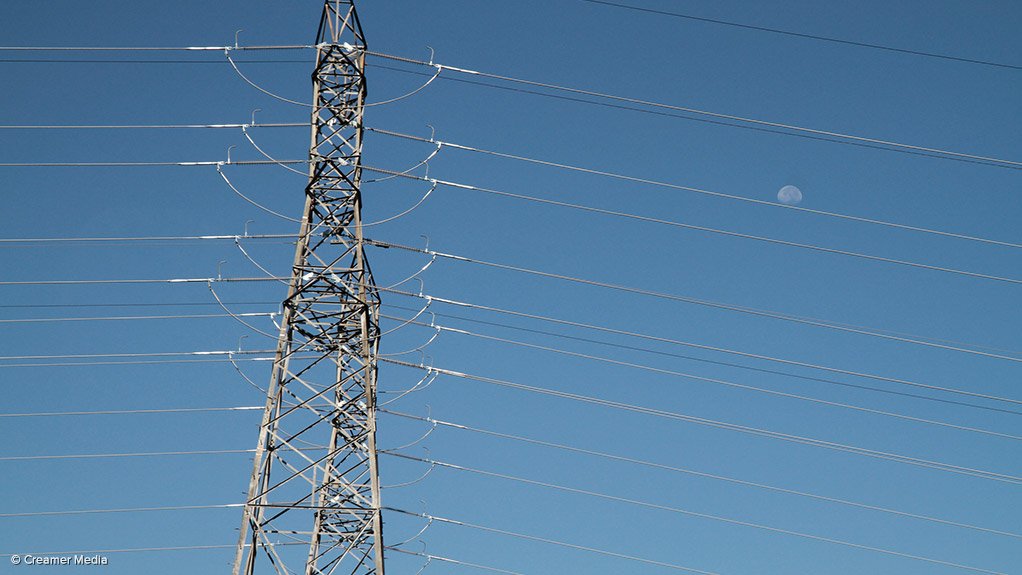Acknowledging the shortage of access points to connect renewable-energy projects developed under government’s Renewable Energy Independent Power Producer Procurement Programme (REIPPPP) to the national grid, Eskom system operator Bernard Magoro on Wednesday encouraged independent power producers (IPPs) to “self-build” electrical substations that would provide connection points to the national transmission network.
“Eskom’s [newly-introduced self-build policy] is something that developers must take advantage of, as everyone knows that Eskom currently has serious funding constraints.
“We are seeing renewable projects that are funding connections themselves, because they can do it cheaper and quicker than we can. There are a lot of options you can approach Eskom with,” he told delegates at the Renewable Energy Forum South Africa, in Johannesburg, on Tuesday.
Magoro added that the power utility was bolstering its self-build policy to ensure that the challenges it was currently observing around the "deep-strengthening" of the grid were avoided in future.
He further encouraged IPPs to incorporate grid code requirements in the early planning stages of projects, adding that these codes were a “major” requirement of renewable-energy project development.
“Include it into the design phase to ensure that it complies. In Round 1 of the REIPPPP, [some] IPPs learnt of the requirements only during the construction phase and [the plants proved] difficult to retrofit.
“In some cases, we are still sitting with exemptions as a result. So the message from our side is do it as early as possible,” he advised.
Eskom senior manager of planning and power delivery engineering Mfundi Songo added that grid access emerged as a challenge following the first round of the REIPPPP, during which the “low-hanging fruits” in the form of available substations were allocated on a first come first served basis.
Moreover, the mushrooming of new renewable projects had introduced additional challenges in terms of grid connectivity and system management.
“The network is no longer as easy to access as it was three or four years ago and so the strengthening of the network is not as easy as it was. For example, we could [previously] accommodate IPPs by adding one transformer or expanding the base in a yard by one or two bays.
“But now it means we may have to establish a completely new substation and new lines,” he commented, adding that the bidirectional flow of electricity also had to be factored in.
Songo encouraged project developers to interact with Eskom’s grid connection office, saying there was a need for IPPs to workshop with the utility so that they could understand the intricacies of the process involved before they were allocated a “slice of the pie”.
EMAIL THIS ARTICLE SAVE THIS ARTICLE
To subscribe email subscriptions@creamermedia.co.za or click here
To advertise email advertising@creamermedia.co.za or click here











